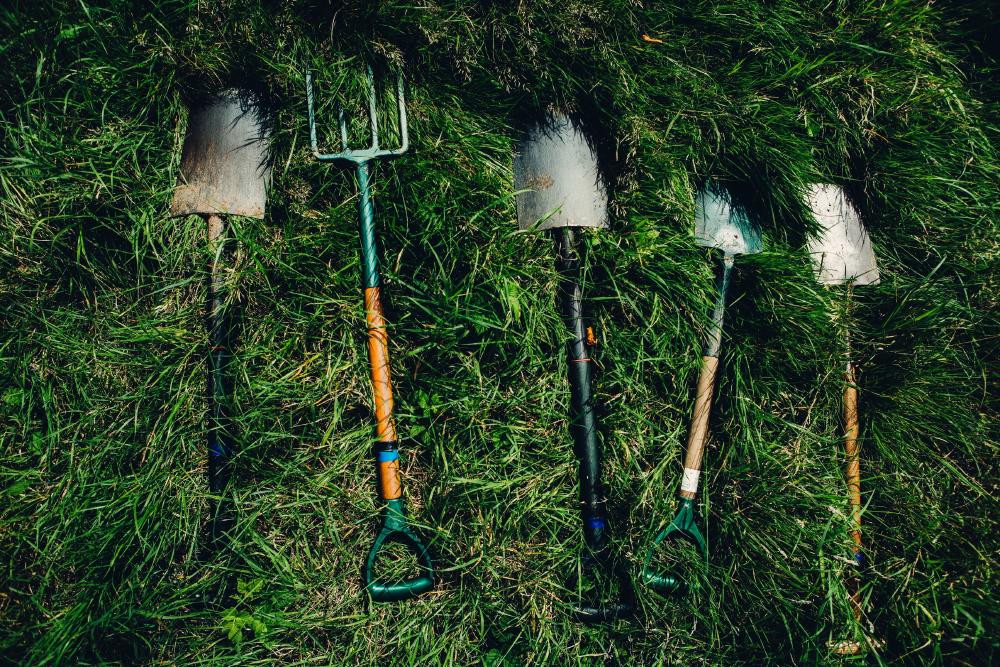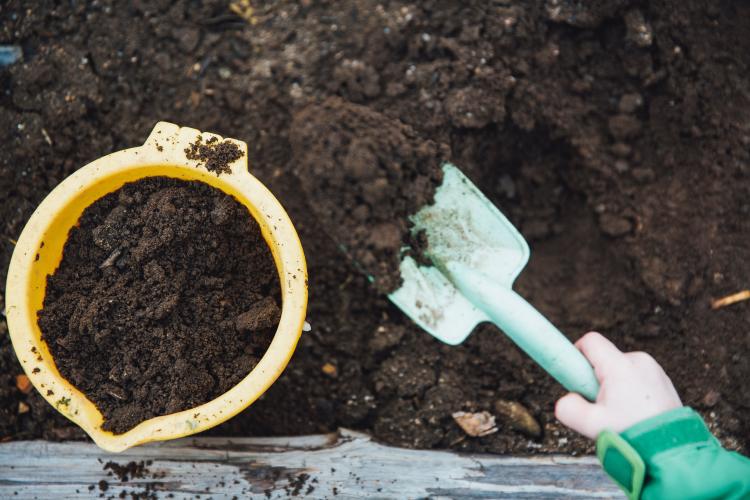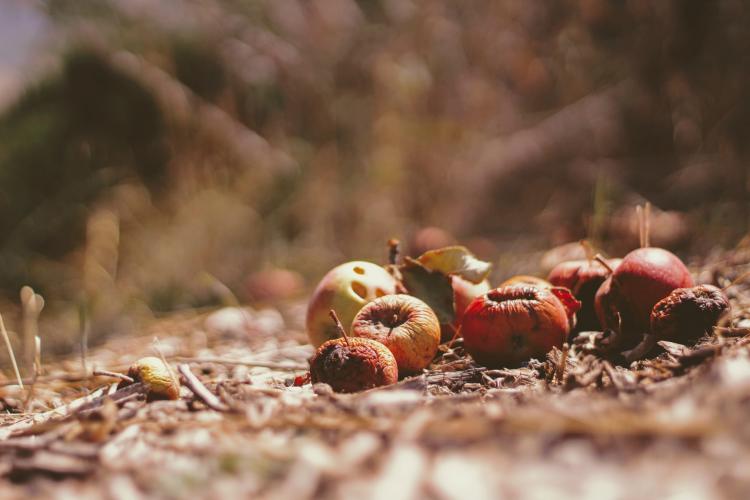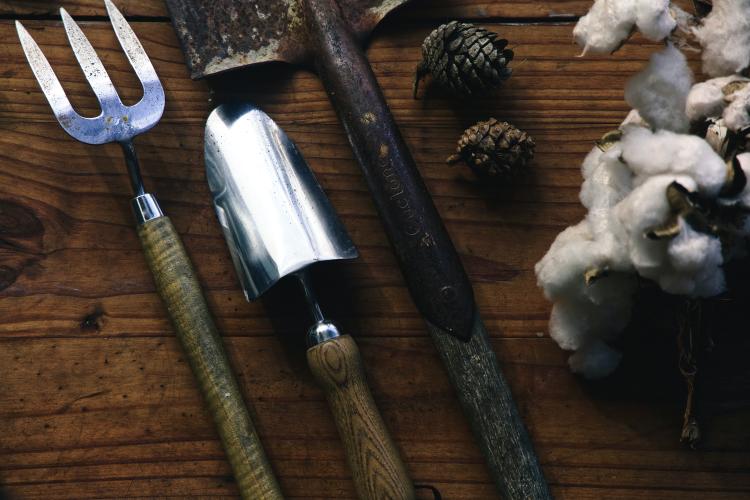
Though it sounds something pretty obvious or even pointless, knowing when you should turn your compost pile is quite important in terms of quick composting. If you expect to have your compost finished in three weeks, you’d better turn the pile often.Now, if it happens that you just don’t mix it up, then you’ll have to wait for about two or three years to get finished compost. So, when should I turn my compost pile? All you need to know about it.

Turning the pile often does not only accelerate the process but is essential to allow composting to occur. Turning helps to aerate the pile to distribute the moisture. Mixing the ingredients is important to allow decomposing and to improve drainage. So, consider having a compost aerator to do this task. Remember the bacteria need a good combination of air and water to do the work.
Among the signals that indicate when you should turn your compost pile we can mention the temperature of the compost pile, the size and the last time you turned it.
Some experts claim that overturning isn’t advisable, though. If you turn the pile everyday, you’re preventing microbes from working properly, it’s like interrupting the process.
Basically, turning the pile instigates or generates the decomposing process. It’s true that it might be quite hard work keeping your attention on the pile, but there are alternatives to make the job easier and more pleasant.
If you don’t have much time or just think turning compost is gross or hard work you can even think of buying a compost tumbler. It's a sealed container ready to use and it has a handle to spin it every time you want to mix the content. If not, grab a pitchfork and shovel and train your muscles! That’s a plus!
A good idea is to check the temperature of the heap with a thermometer to be sure that when it is under 100° F it is time to turn the pile then.
How and when you should turn your compost pile will depend on the type and size of your pile. If it’s on the ground it could be easier because you can freely move it. On the contrary, having a compost bin can make the job a bit more tough. Jump on these steps to turn and mix your compost efficiently.
This can be the easiest. You have plenty of space to move the material. Use a pitchfork or shovel to put the dry material aside. Add some water to moisturize. Then, put all the material on the pile again to mix it with material from the center.
Here you can finally use that compost aerator you bought and enjoy the ride! You’ll realize what a useful invention for gardeners you have in your hands. Surely, it will make the job easier as you will see how the aerator wings do all the mixing in the center of the pile. Just place it deep inside the pile (wings folded), the wings will open inside and you start moving it in circles (spinning). That way, all the ingredients inside are fully blended and you allow the passing of air in between.
Finally, check the moisture level of the pile, it should feel damp, like a wrung-out sponge.
So, when should you turn your compost pile? When material on the outside is dry you may want to put it in the centre, and central material on the outside. That simple.
Well, if you have one of these you have it easy. Compost tumblers are sealed containers that can be rotated so as to mix the composting material. The good thing is that it’s really easy and effortless. They also help keep the heat in the pile.The bad thing, though, is that they're quite expensive and rather small. On the contrary, regular compost bins are unsealed so heat is easily dissipated leading to a slow decomposition process.
So, when should I turn my compost pile if I have a compost tumbler? How to aerate my compost if I have this special container? Well, it’s important that you don’t overturn it every day. Compost tumblers allow quick heating of the materials leading to excessive moisture, so it’s crucial that you indeed move it once in a while, but not every day as you might interrupt the decomposing process. Experts suggest you turn it twice or three times a week. How to turn it is also key to have good results. You just spin it back and forth a few times to shake all the ingredients inside.
Turning the pile is highly beneficial for your compost mix. But, when should I turn my compost pile? If you turn the pile often, you get a good combination of well-distributed water and air, you allow temperature to go higher enough to kill seeds and pests. Even more, by turning the pile, you help the ingredients to decompose appropriately, thus speeding up the finished compost. Aerating your compost helps the microorganisms to work properly. It prevents compaction and, ultimately, airless decomposition which means, basically, really bad odor.
So, take note of these benefits in detail. In a nutshell, turning your pile:

Adding new material means cooling down the compost mixture a little. If you turn the ingredients frequently, it’ll be great to blend old and new material together.
Now, when you should turn your compost pile will also depend on the type of compost pile you have. If you have a hot compost bin, it’s better that you have green and brown material prepared in advance so as to start a pile of at least three feet high by three feet wide. Then, try not to add any new material to this pile. You’d rather start a new one because adding new ingredients slows down the composting process of the old material.
If you have a cool compost pile, you can keep adding new material (browns and greens). Remember that with this type of composting, turning is not mandatory.It will just take much longer to have finished compost to use,though.
Your compost pile is not ready to use after the heating period is over. Keep in mind that you should allow the pile to cure after heating stops. After the pile cools down, the degradation process begins. It occurs at low temperatures so you’d be interrupting a key step here. To learn more about the compost process you can't miss this article How to make a Compost Pile? All you need to know about it
Mesophilic bacteria, actinomycetes and fungi all appear when thermophilic bacteria have died off under 100°F, to finish the composting process. This period is essential for breaking down cellulose and lignin.
Along will move back, also, worms and beetles which have been away during high temperatures in the pile. They will make your compost valuable when they repopulate it.
So, shall I turn the mixture anyway? When should I turn my compost pile? During all this process, it’s crucial that you continue turning your pile because the process just hasn't finished yet.

Now, whenever you wonder when you should turn your compost pile, keep in mind that the fact that you do it, indeed,is what matters. With an appropriate and timely turning you can speed up the process and get your compost finished in just three months.
Remember, this will also depend on the time of year you do it. In winter, the bacteria work more slowly so it is advisable you avoid turning the pile after November so the heat is kept inside and does not escape from the center. In summer, the process tends to be faster due to the high temperatures. So, it’s time to turn the pile twice a week. The perfect time to mix the pile is when it starts cooling down under 100°F or when there is a reduction in size. Bear in mind that, in case you never turn your pile, not even once since the beginning of the process, you’ll eventually get finished compost as well, but... you’d better sit and wait like for a year or more!